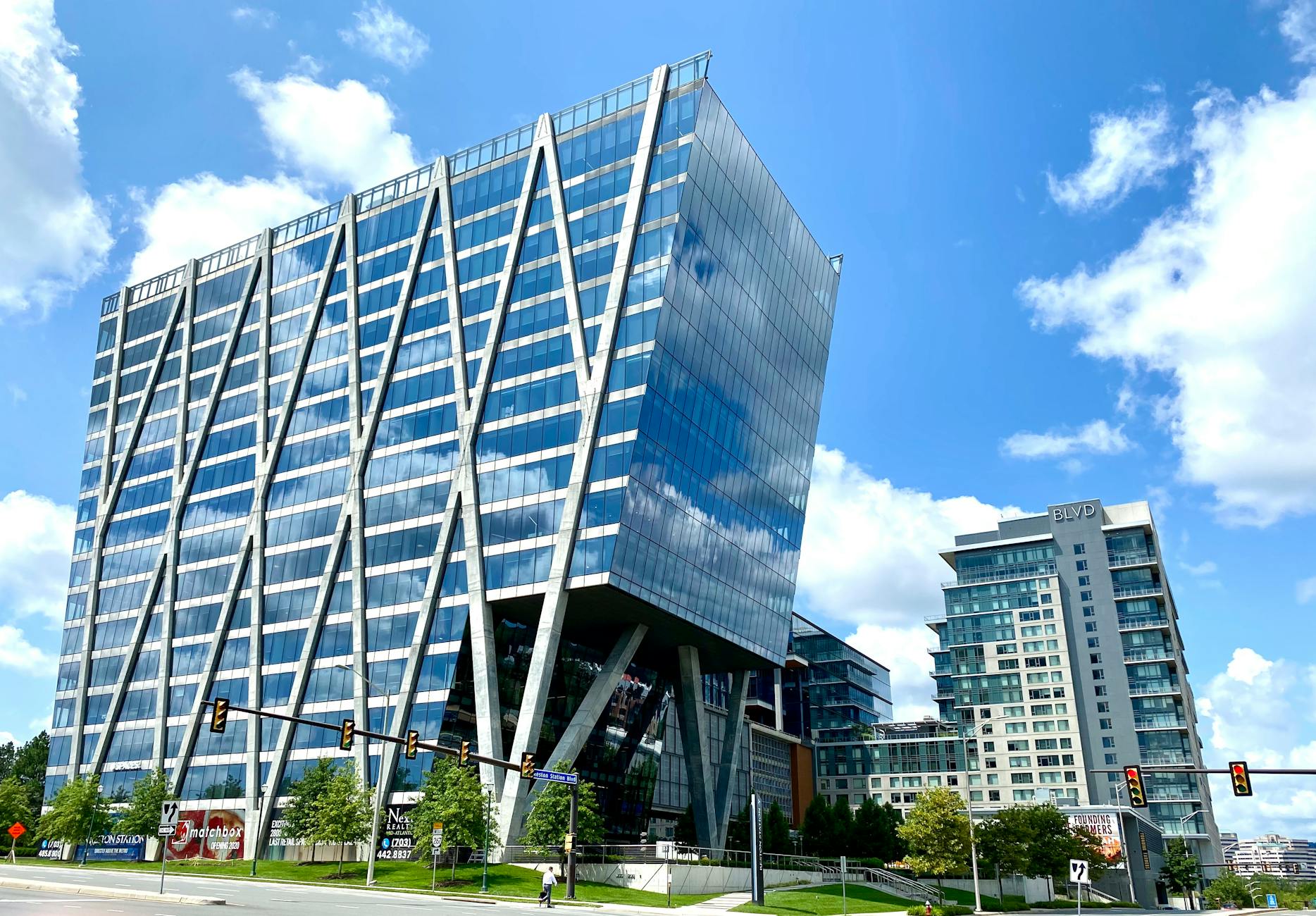Exploring Affordable Housing Development: Opportunities and Challenges
Affordable housing development has become a critical issue in many urban and rural areas as populations grow and housing demand intensifies. Access to affordable, safe, and suitable housing is fundamental to social stability, economic growth, and community well-being. This article explores the multifaceted opportunities and challenges associated with developing affordable housing. We will examine the economic benefits, regulatory environments, financing mechanisms, and design innovations that shape the development process. Through a comprehensive perspective, readers will gain insight into how governments, private sectors, and nonprofits can collaborate to overcome barriers and implement sustainable housing solutions. Understanding these dynamics is essential for fostering inclusive communities where everyone can access quality housing without financial strain.
The growing need for affordable housing
The demand for affordable housing continues to rise globally, fueled by urbanization, wage stagnation, and increasing construction costs. According to the United Nations, over 1.6 billion people lack adequate housing, a figure expected to rise if unaddressed. Cities face pressure to accommodate lower-income residents while managing land scarcity and rising prices. The housing affordability gap is often most pronounced among vulnerable populations such as low-income families, elderly individuals, and essential workers. Governments and developers must grapple with balancing quality, cost, and accessibility. Recognizing this need forms the foundation for targeted policies and innovative approaches to deliver housing that meets diverse socioeconomic needs.
Financing and policy frameworks
One of the most significant hurdles in affordable housing development is securing adequate financing and navigating complex regulatory frameworks. Traditional market-rate housing benefits from various incentives that developers often find unavailable or insufficient for affordable projects. Financing tools like low-income housing tax credits (LIHTCs), government grants, and public-private partnerships are essential in bridging this gap. Additionally, zoning laws, building codes, and land use regulations can either support or hinder affordable housing efforts. Flexible policies that encourage mixed-use development and density bonuses can stimulate investment while ensuring communities maintain livability and infrastructure capacity.
Innovative construction and design solutions
Advances in construction technology offer promising opportunities to reduce costs and speed up delivery times for affordable housing. Prefabrication, modular construction, and the use of sustainable materials can lower overhead while enhancing quality. Designs that maximize space efficiency and community integration improve both livability and social cohesion. There is a growing emphasis on green building practices to reduce long-term utility expenses, making homes affordable not only in purchase price but also in maintenance. Smart urban planning that incorporates transit access and amenities further increases the value and viability of affordable developments.
Collaboration and community engagement
Successful affordable housing projects often arise from collaboration between government entities, private developers, nonprofit organizations, and the communities they serve. Engaging residents early in the planning process fosters trust, ensures the housing meets local needs, and reduces opposition. Partnerships can leverage diverse expertise and resources, from land acquisition to social services support. Moreover, integrating affordable housing into broader community development initiatives—such as job training and health services—amplifies positive outcomes. Building long-term sustainable neighborhoods requires not only structures but also strong social and economic foundations.
Summary of opportunities and challenges
| Aspect | Opportunities | Challenges |
|---|---|---|
| Demand | Growing need drives innovation and policy focus | Rising costs and land scarcity challenge supply |
| Financing | Tax credits, grants, and partnerships create funding avenues | Complex regulations and limited incentives reduce developer interest |
| Construction | Modular and green building lower costs and improve efficiency | Initial investments and technology adoption barriers |
| Community | Engagement promotes acceptance and tailored solutions | Potential NIMBYism and coordination difficulties |
By addressing these interconnected opportunities and challenges holistically, stakeholders can make significant strides in increasing affordable housing availability and sustainability.
Conclusion
Developing affordable housing presents both complex challenges and promising opportunities that require integrated approaches and forward-thinking strategies. The rising need driven by demographic and economic trends demands innovative financing, flexible policies, and advanced construction methods to bring projects to fruition cost-effectively. At the same time, collaboration and community involvement are indispensable to ensure housing solutions are relevant and embraced. Overcoming regulatory, financial, and social barriers is not a simple task, but with aligned efforts from public and private sectors, scalable models of affordable housing can be achieved. These developments have the potential to unlock economic growth, promote equity, and enhance overall quality of life. As the demand for affordable homes continues to grow, commitment to creative, sustainable, and inclusive housing development remains essential for the future of communities worldwide.
Image by: Andreas Leindecker
https://www.pexels.com/@andreas-leindecker-730264322
editor's pick
latest video
news via inbox
Nulla turp dis cursus. Integer liberos euismod pretium faucibua


